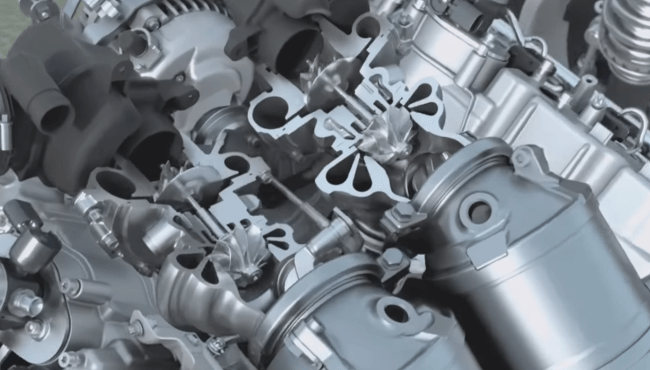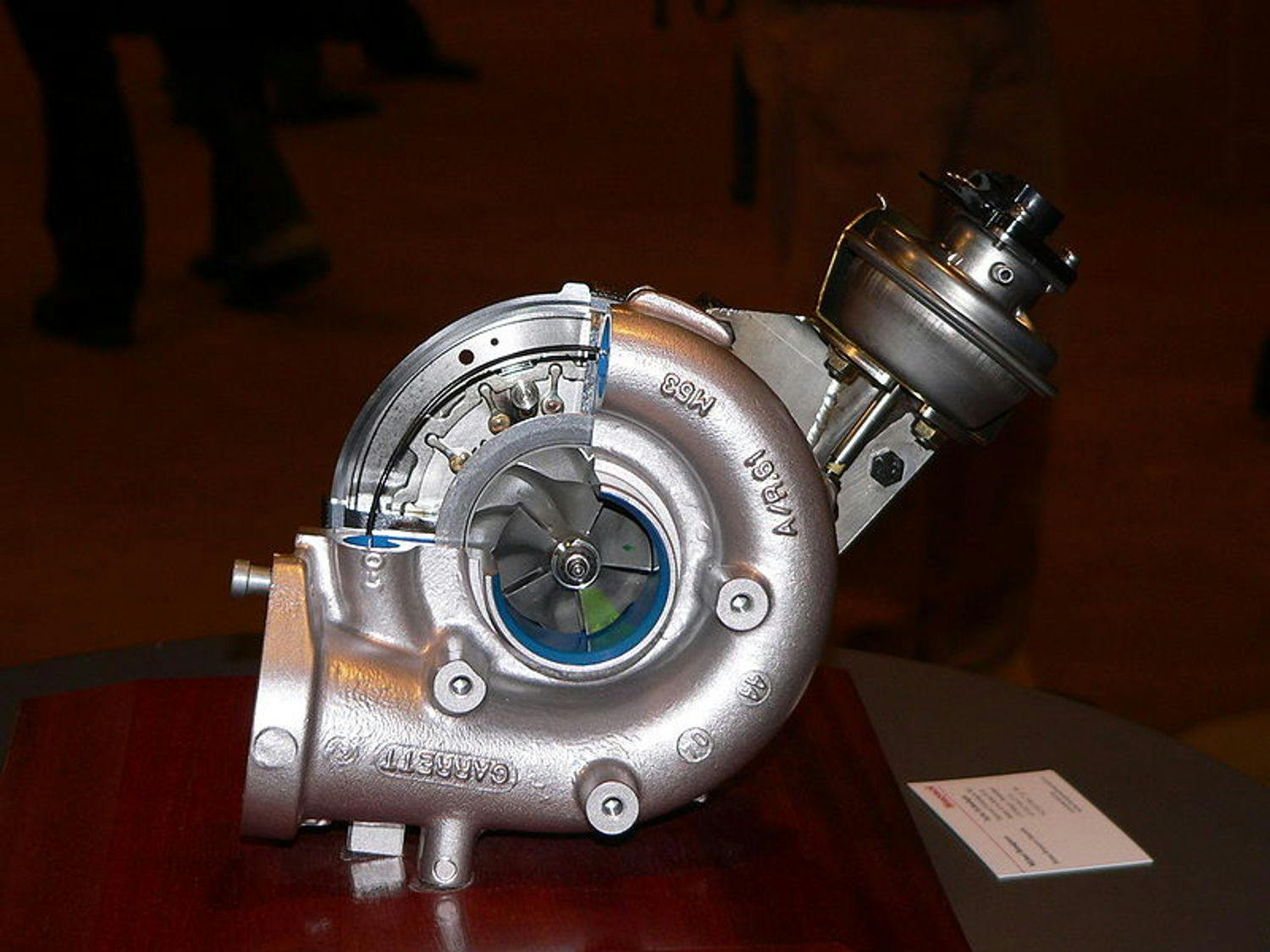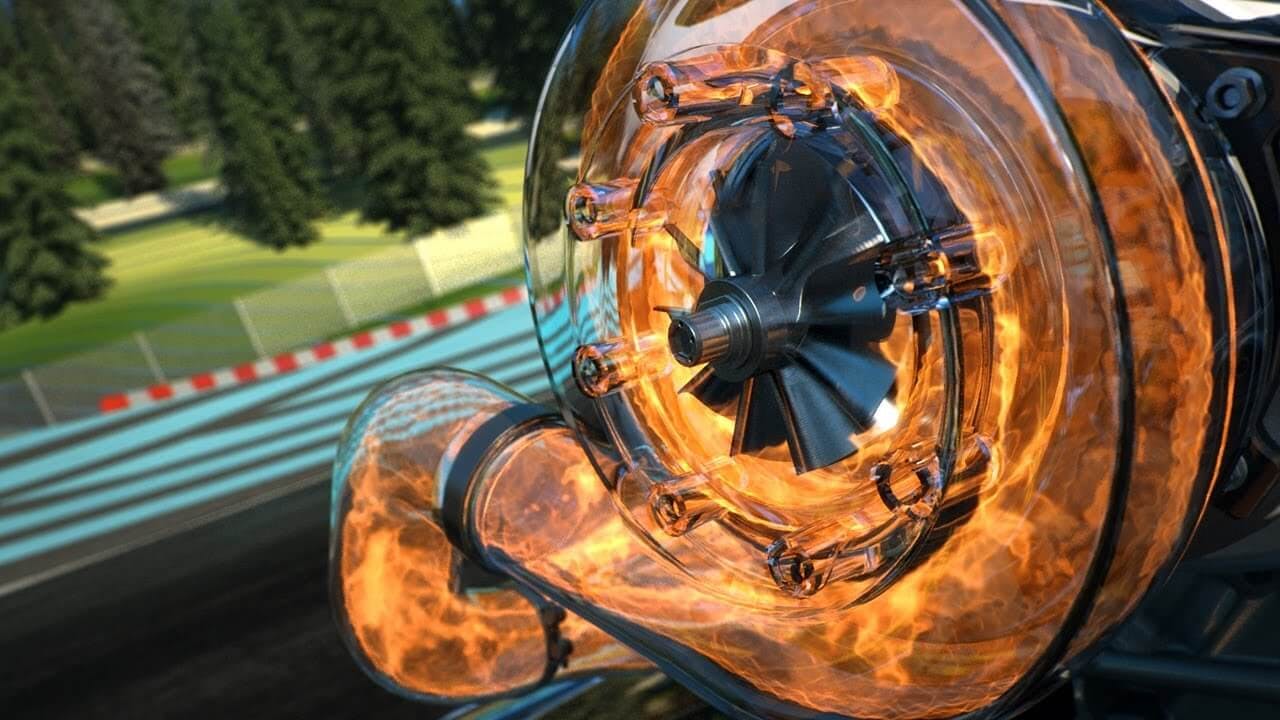Twin-turbo: What are its pros and cons?

Twin-turbo, also known as Bi-turbo, is the name given to supercharged engines equipped with two turbochargers.
The two turbochargers operate either in a parallel configuration (jointly) or a sequential configuration (separately).
Spis treści
Twin-turbo working in parallel:
In this configuration, both turbochargers are the same size, with one turbocharger powered by one half and the other by the other half of the engine's exhaust gases, and both operate simultaneously.
In most cases, however, the compressed air from both turbochargers is mixed in a common intake manifold and sent to the individual cylinders. You can encounter such a turbocharging solution, especially with multi-cylinder engines.

Turbocharger: What are its advantages, and what is turbo lag?
Small turbochargers have low inertia, so, only a small amount of energy from the exhaust gas is needed to spin the turbine. Two small turbochargers are often used in a parallel configuration instead of two large ones.
Sequentially working Twin-turbo:
In the sequential configuration used more often, one turbocharger is small, and the other is larger. The smaller turbocharger works at low speeds, running at medium and higher predetermined engine speeds. Only the large turbocharger works alone.
With this configuration, the turbochargers can also work so that the smaller turbocharger will work in the entire spectrum of revolutions, and the larger one will be connected to it only at high revolutions.
The reason why two different-sized turbochargers are used is very simple. Large turbos are less efficient at low revs, resulting in lower intake manifold pressure. Conversely, smaller turbochargers spin faster at lower rpm, but cannot deliver enough compressed air at higher rpm.

Turbo Lag: What is it, and how to reduce it?
The sequentially operating Twin-turbo meets both the high-performance requirements and the demand for engine flexibility at low revs. In addition, Twin-turbo helps to reduce turbo lag significantly, the so-called turbo lag. This design requires complex sets of pipes to feed both turbochargers.
What are the advantages of Twin-turbo?
- Twin-turbo meets demands for high performance but also demands low-speed engine flexibility.
- Twin-turbo significantly eliminates turbo lag.
What are the disadvantages of Twin-turbo?
- High price
- Complex construction
- Higher service costs